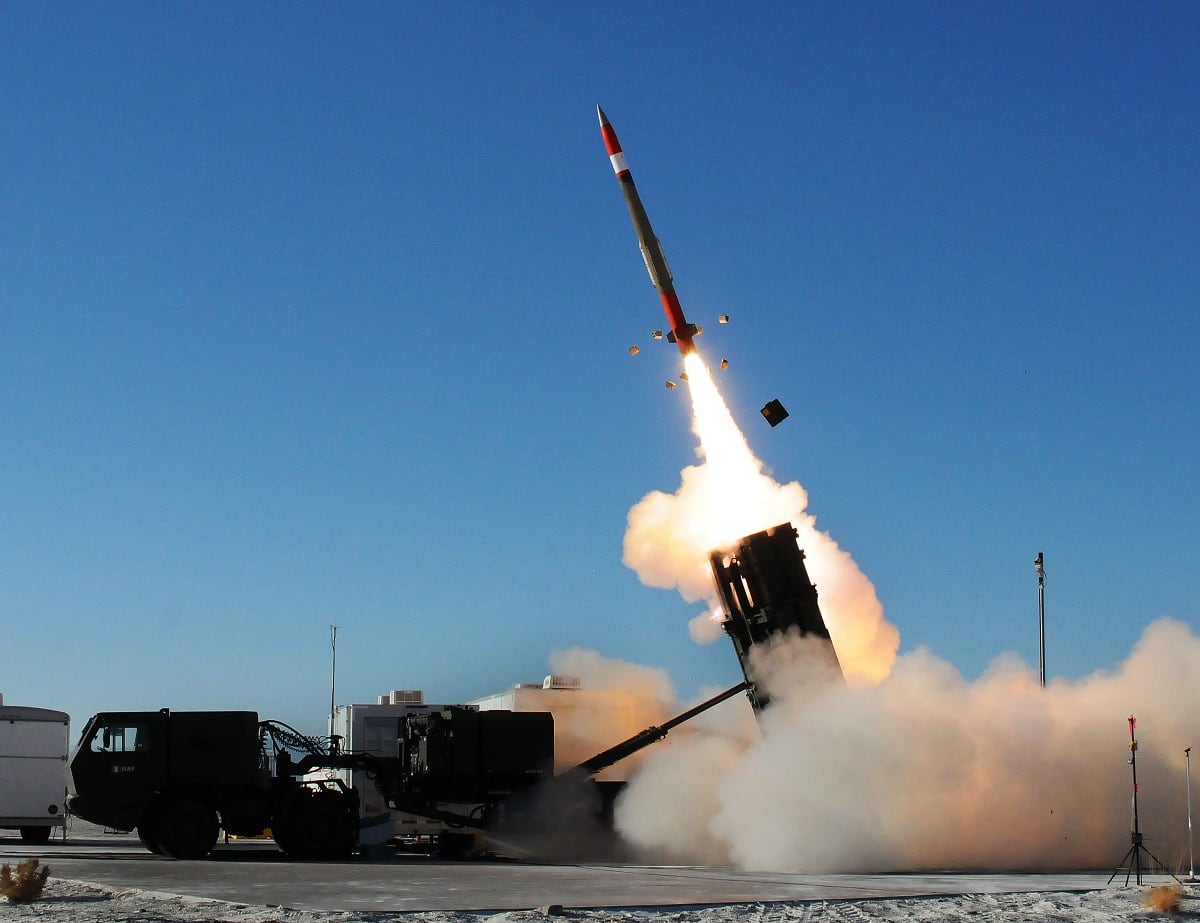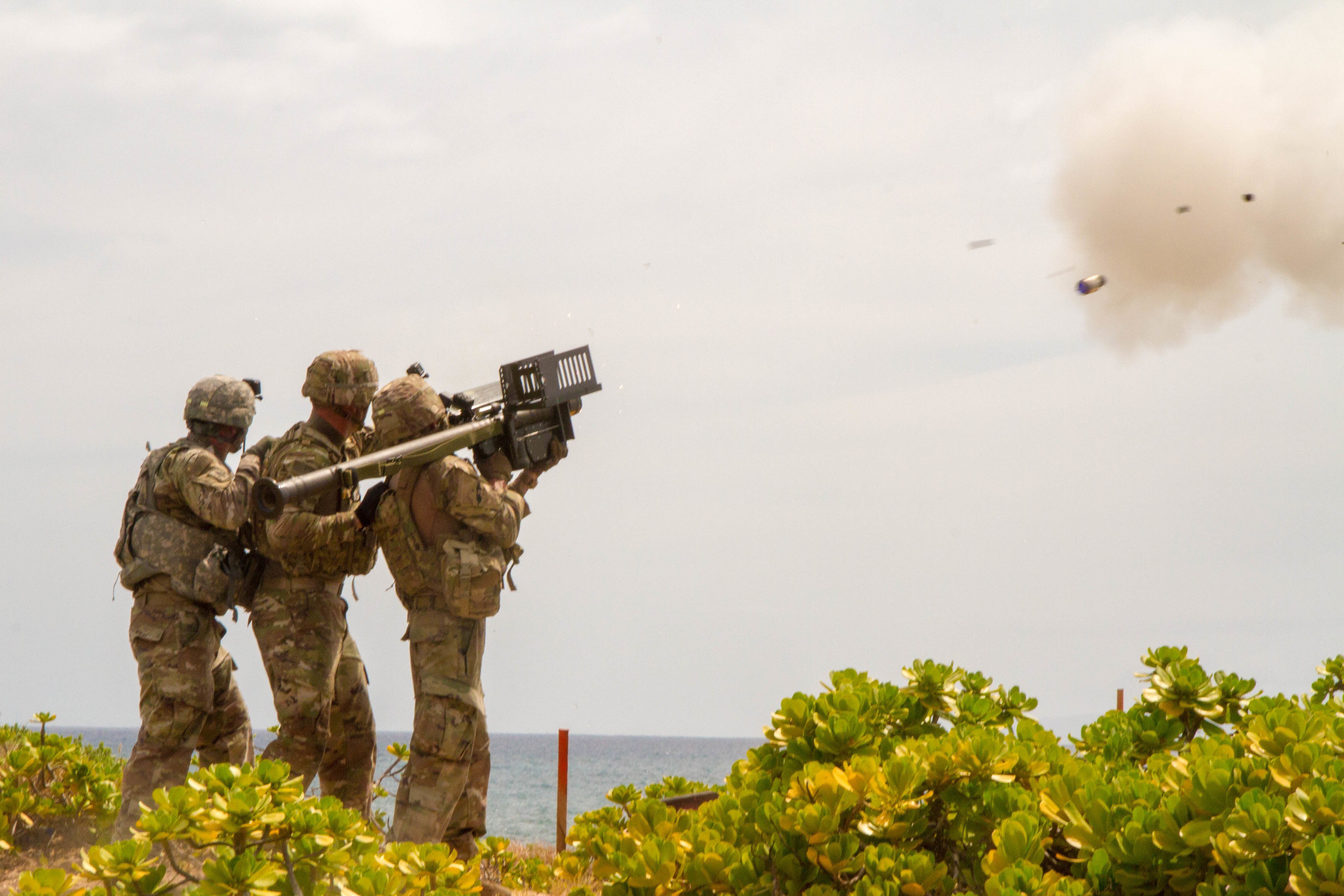The radars and missile systems that the Army uses now to defend against air attacks are outdated and don’t play well together. But major increases in the recent budget request and aggressive testing and fielding timelines aim to fix that problem, a top three-star said.
Over the past few years as the Army and other service branches have flogged the message of shifting strategic military priorities back to near-peer threats, a major part of that argument has been how both Russia and China have found ways to deny the U.S. military access to the areas they care about.
That has come from advances in missiles, radars and communications by those adversaries.
RELATED

Lt. Gen. James Pasquarette told an audience at the Association of the U.S. Army on Tuesday that the Pentagon’s budget request vastly increases the money to spend on key systems that can regain U.S. overmatch in the missile defense space, especially at short and medium ranges.
The funding and timelines he laid out at AUSA aim to turn the anti-access area denial overmatch, especially in European Command and Indo-Pacific Command, “on its head.”
The first success might be seen as early as next year as the Army expects to have the Patriot missile systems talking with the Terminal High Altitude Area Defense system. That is key in areas such as South Korea, where an array of threats at a high volume are always in the mix.
A top priority of the Army’s AMD Cross Functional Team is the Maneuver Short Range Air Defense system, a batch of missiles mounted atop the Stryker vehicle to provide moving, integrated air defense within the mechanized formations that are the core of ground combat.
The recent request for MSHORAD funding is $300 million, a 280 percent increase over last year, Pasquarette said. That will complete development ahead of low-rate initial production That system is expected to field its first platoon starting in 2021.
The money will assist in equipping the first four MSHORAD battalions the Army has planned.
The funding also helps with the development of a 50 kw laser option for another MSHORAD Stryker variant. A prototype of that laser variant is planned for 2024.
The Indirect Fire Protection Capability program has a $250 million funding request attached, which is an 18 percent decrease from last year, the three-star said.
But that’s because the Army devoted some of that funding to purchase two Iron Dome systems used by the Israeli Defense Force for experimentation. In the short term, the general said, the system fills a gap and experimentation will determine if it can be used to solve an “enduring requirement.”
The IFPC focuses on cruise missile threats, leaving smaller threats such as drones to other systems.
The Lower-Tier Air and Missile Defense Sensor program is seeking $420 million, or a 375 percent increase over last year, Pasquarette said. That amount will cover six prototypes and completed software.
The LTAMDS radar is an effort to improve Patriot performance in sensing threats. Those are expected to field with Patriots by 2022. The radar will give the missiles a way to detect, track and identify targets at the maximum range, he said.
The budget request does reduce the Integrated Air and Missile Defense network by 25 percent from last year, down to $238 million. But that’s mostly due to a reduction in engineering, manufacturing and development, he said.
The second limited tests are expected by early 2020 and protypes should be fielded by 2022.
Some upgrades and extensions are also in the works, he said.
The Missile Segment Enhancement program has $726 million on deck to upgrade 147 Patriot missile interceptors. That’s along with $606 million for enhanced launcher protection kits.
The Sentinel system is pegged at $220 million to procure eight new systems and 50 modification kits for existing systems. Another $82 million is needed to extend the life of the Stinger missile inventory, adding proximity fuses to 620 missiles.
The legacy Avenger missile program will require $15 million to fill the gap between that system and the IFPC fielding, he said.
Todd South has written about crime, courts, government and the military for multiple publications since 2004 and was named a 2014 Pulitzer finalist for a co-written project on witness intimidation. Todd is a Marine veteran of the Iraq War.





